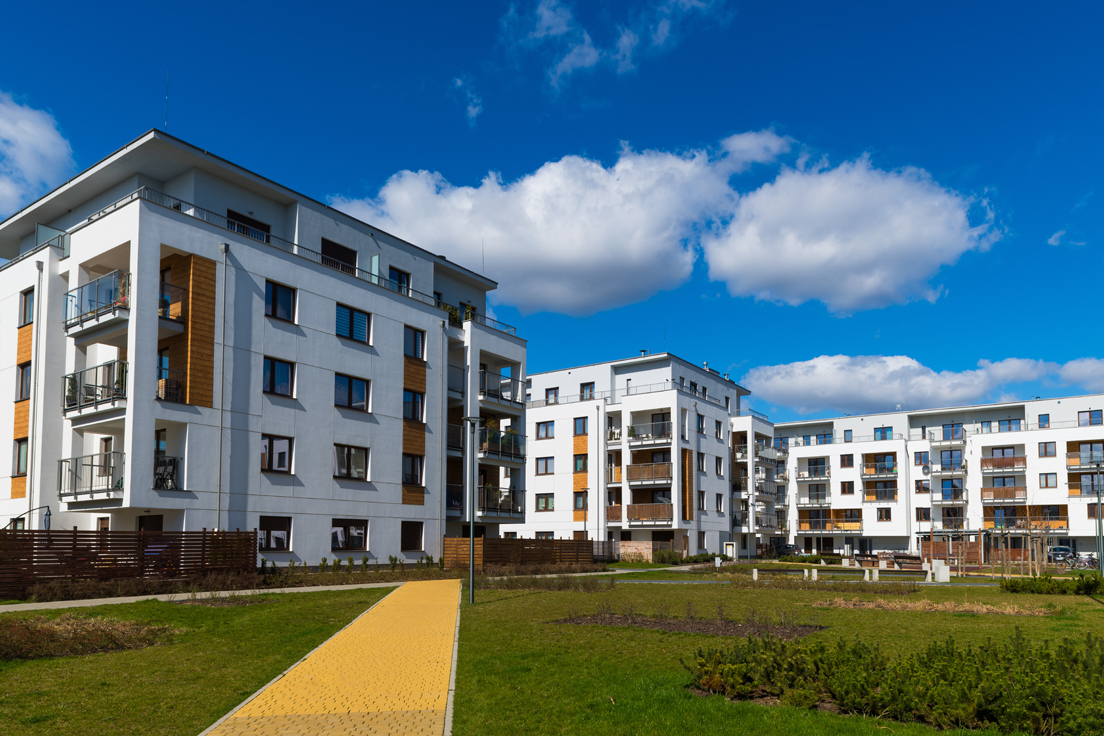Isolation
An effective way to prevent sound transmission through structures is by physically isolating one side from the other. This can be achieved using separate structural elements, such as independent floor and ceiling joists or resilient mountings for floor and ceiling surfaces.
Resilient layers offer a cheaper, thinner, and lighter-weight solution applied as floor deck or batten systems, and ceiling mounting bars. These dampen the vibrations and reduce the energy from the sound waves, allowing a degree of movement.
Absorbency
Absorbent acoustic materials reduce the echoes within cavities in a wall or floor construction, breaking up the sound waves. Fibrous materials such as mineral or polyester quilts are usually used for this purpose, most commonly in framed structures.
Acoustic Floor Systems
Batten systems such as Profloor Dynamic battens are popular in timber floors. The extra depth introduced between the battens simplifies service runs within the floor and provides additional void space in which fibrous layers can be added to boost sound absorbency.
Deck systems are shallower and can boost the impact sound performance of a floor, however, offer little scope to improve airborne performance. Deck systems are ideal for refurbishment where floor-to-ceiling height may limit the scope for using a batten system.
The A Proctor Group supplies a portfolio of acoustic solutions to cover a range of project requirements and floor constructions.
- Article first published in Dec 2023 LABM
